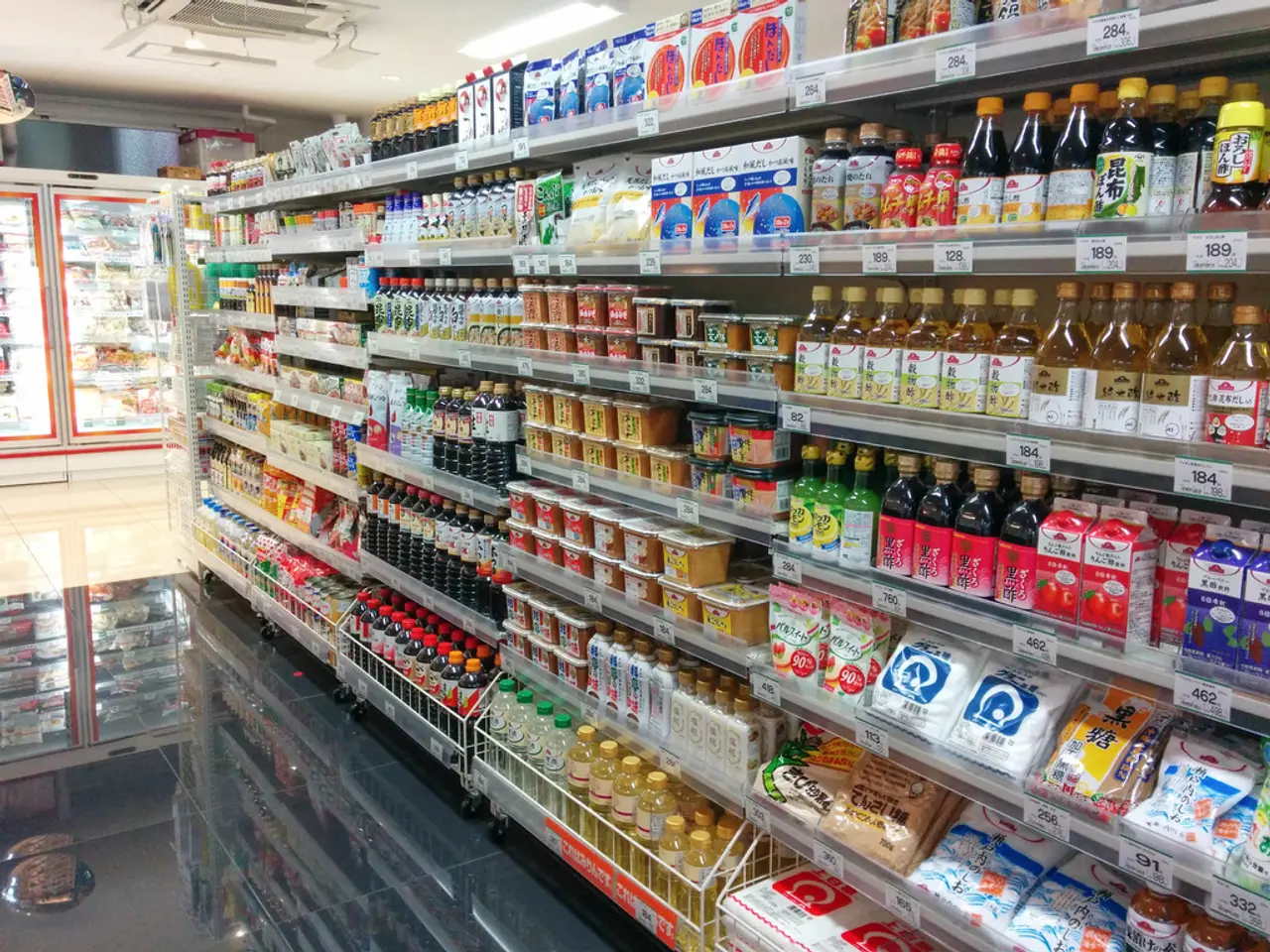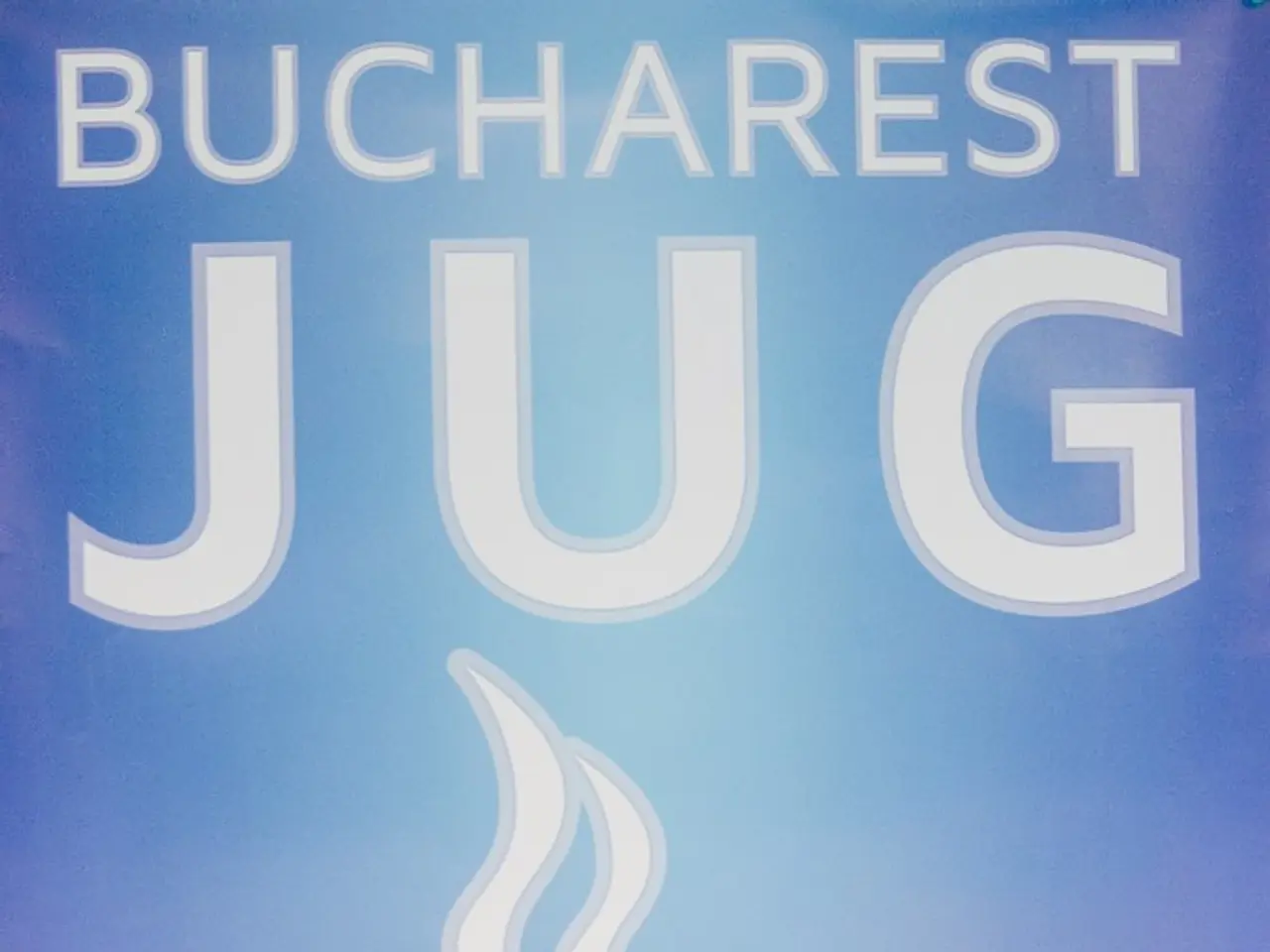Retail Bracing for Uncertainty Due to Tariffs
In the face of ongoing inflation, tariff concerns, and public policy uncertainty, Jack Kleinhenz, chief economist at the National Retail Federation (NRF), reports that U.S. consumer spending remains generally strong but more cautious.
According to Kleinhenz, consumers are spending selectively rather than cutting back entirely, but lower-income households are feeling the pressure from inflation and reduced savings. Regarding inflation and grocery prices, tariffs have not yet fully translated into retail price increases, making it difficult to assess their full impact on grocery pricing and the broader economy at this stage.
Despite persistent uncertainty related to tariffs and inflationary pressures, retail sales continue to grow modestly but have slowed compared to previous months. In June 2025, U.S. retail sales rose only 0.05% month-over-month—the weakest growth of the year—as consumers grew more cautious due to tariff concerns and inflation.
Spending patterns reflect consumer anxiety over tariffs and overall price sensitivity, with some retail categories such as general merchandise, apparel, and electronics experiencing minimal growth or declines. Overall, while inflation and tariffs contribute to wariness, consumer resilience and steady employment/wage trends support continued consumption, though often at a more selective pace.
The NRF's July edition of the Monthly Economic Review states that economic uncertainty is pervasive, with tariffs, immigration, and deregulation among the crosscurrents surrounding this uncertainty.
In a separate report, the 85% of overall respondents in the 2025 Global Consumer Sentiment on Grocery Inflation Survey by Blue Yonder are concerned about inflation's impact on grocery prices. Approximately one-third of consumers would prefer shopping based on promotions and discounts (36%) and switching to private label brands (34%). Alcohol is facing the biggest budget cuts compared to other grocery categories, with one-third (33%) of consumers saying they would reduce alcohol purchases in response to inflation price increases.
The National Retail Federation is an organization that advocates for retail, employing 55 million working Americans and contributing $5.3 trillion to annual GDP. The 2.8% year-over-year growth in gross domestic product in 2024 was a result of consumer spending, business spending, and government spending.
In a different study, the report from Net Credit analyses prices from grocery chains across the country to determine which cities sell the cheapest groceries. Meanwhile, the U.S. Census Bureau reported that overall retail and foodservice sales dipped 0.9% and grocery sales slid 0.8% from April to May.
As for the Costco executives, they are discussing the impacts of tariffs and technology investments in their Q3 warehouse operations. As sticker shock subsides, grocery shoppers are focusing more on quality.
In summary, the U.S. consumer is navigating inflation and tariff-related uncertainties that are slowing growth in retail spending and complicating grocery price trends, with full tariff effects yet to materialize in pricing. However, consumer resilience and steady employment/wage trends support continued consumption, though often at a more selective pace.
In the context of ongoing inflation and tariff concerns, retailers are considering their supply chain strategies to mitigate potential price increases, with many consumers opting for private label brands due to affordable pricing. The finance industry is closely monitoring the impact of these factors on the retail business, as consumer spending patterns remain cautious. The National Retail Federation's Monthly Economic Review highlights economic uncertainty due to several factors, including tariffs, immigration, and deregulation, which affect various sectors of the industry. In response to inflationary pressures, consumers are actively seeking promotions, discounts, and private label brands to manage their grocery expenses more effectively.




